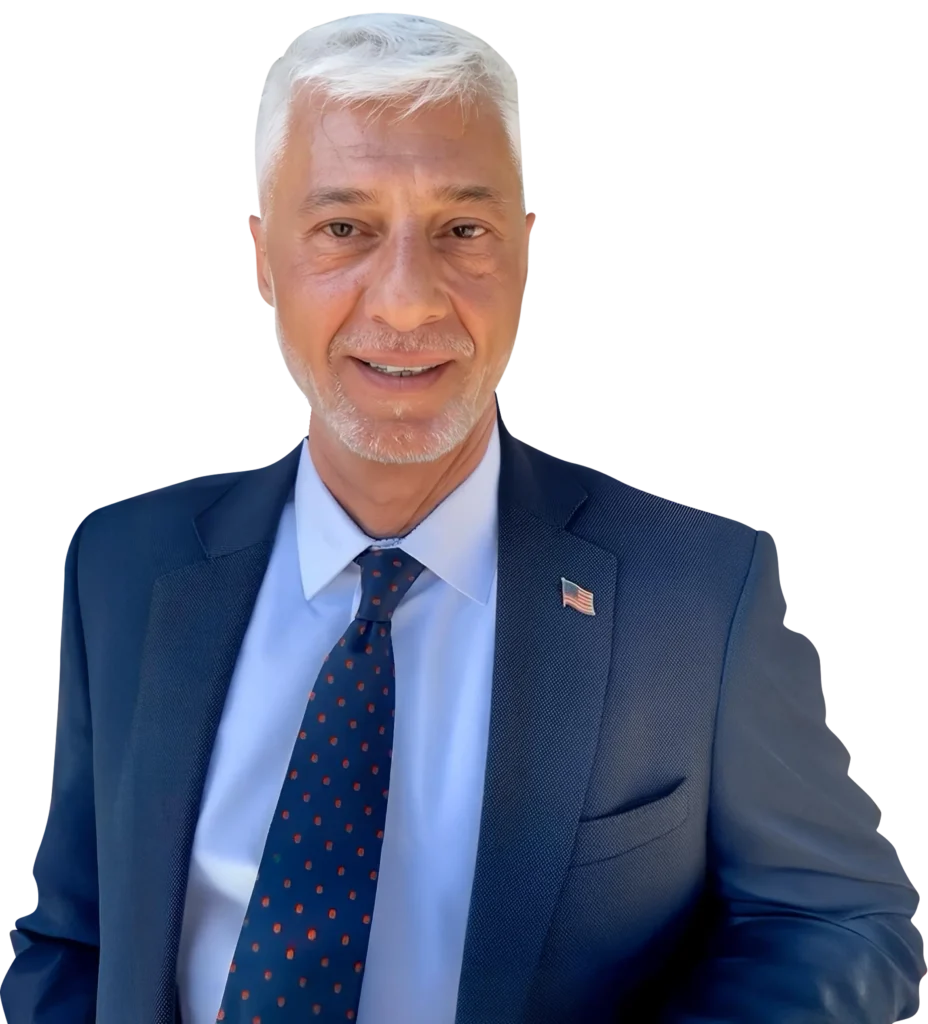What background drives James K. Sadigh’s passion for personal injury law?
James K. Sadigh immigrated to the United States at age 17 with limited resources and worked diligently to fund college and law school. Inspired by television legal dramas from childhood, he initially aspired to become a prosecutor advocating for crime victims. A pivotal shift occurred during law school when, as a paralegal, he suffered injuries in a severe car accident. This experience revealed gaps in client care at many firms, where cases often receive minimal attorney involvement. James K. Sadigh learned firsthand the importance of thorough damage assessment, including medical bills, pain and suffering, lost wages, and emotional distress. He established a personal injury section at the firm and, after passing the bar, focused exclusively on such cases for his first two years. His enduring passion stems from genuine interest in clients’ lives, families, and unique circumstances, ensuring each case receives individualized attention.
How does personal experience influence effective personal injury representation?
James K. Sadigh’s own accident taught him that clients must actively participate in their cases to achieve fair outcomes. Many injured individuals feel unheard when representation prioritizes paperwork over personal impact. Hands-on involvement from the attorney—from identifying appropriate medical providers to documenting all damages—ensures comprehensive advocacy. This approach transforms standard claims into fully valued cases reflecting the client’s complete suffering.
What distinguishes a dedicated personal injury advocate from one merely processing files?
A committed attorney conducts initial client interviews personally and maintains periodic contact to monitor treatment progress and life impacts. Dedicated lawyers inquire about family, work, and emotional effects, recognizing these elements enhance case value. In contrast, firms relying on case managers or paralegals often focus solely on medical records and quick settlements, neglecting broader client needs. Effective negotiation requires ongoing communication, explaining each step and valuing the client’s input on settlement decisions.
How does experience on both plaintiff and defense sides shape case evaluation?
James K. Sadigh’s work defending insurance companies, including fraud investigations, provided insight into adjusters’ evaluation processes and evidence priorities. This perspective informs strategic case presentation, highlighting key information insurers seek while countering denial tactics. Service as a judge pro tem and mediator further refined his approach, revealing effective advocacy techniques, body language impact, and preparation methods for depositions and trials.
What red flags indicate a personal injury lawyer lacks hands-on involvement?
Warning signs include initial interviews conducted by paralegals rather than attorneys, infrequent direct attorney contact during treatment, and constant staff turnover leading to repeated questions. Heavy advertising—such as billboards or television spots—may suggest the lawyer prioritizes marketing over case management. Clients should expect consistent follow-up; delays in addressing concerns, like doctor disputes or insurance issues, signal disengagement.
What should clients expect from a lawyer committed to personal attention?
A truly invested attorney assigns one primary lawyer per case, ensuring continuity. Staff demonstrate familiarity with case details through detailed notes and prompt responses. Follow-up occurs within days on client inquiries, such as medical or insurance issues, with clear explanations of resolutions. This consistent engagement builds trust and keeps clients informed throughout the process.
How do attorneys manage client expectations regarding case value and risks?
Transparent discussions from the outset address insurance policy limits, which cap recoverable amounts regardless of jury verdicts. Litigation costs, emotional strain from depositions, and potential delays receive honest explanation. James K. Sadigh avoids premature valuations, emphasizing that case worth emerges only after treatment completion and full damage assessment. Clients learn that high advertised recoveries often ignore collectability constraints.
Can proper attorney involvement turn around a mishandled personal injury case?
James K. Sadigh once assisted a client whose case stalled at a large firm with a $21,000 offer against $40,000 in bills, mostly diagnostic tests without adequate treatment. After transferring the case, focused medical care over six to eight months increased bills to $80,000 while alleviating symptoms. Strategic negotiation secured a $300,000 settlement without litigation, demonstrating how attorney-guided treatment and advocacy dramatically improve outcomes.











